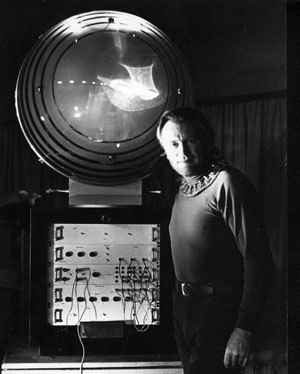
Not quite an "art robot", but Kotkowski's Laser Chromason Mark II impressed me greatly in 1974 in terms of Electronic art and Laser art. Its design even has a robotic look about it.
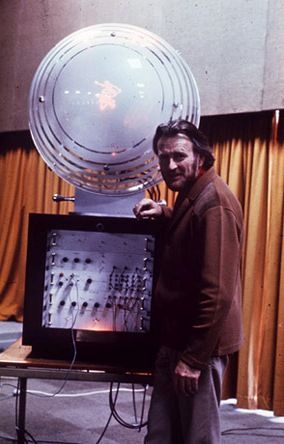
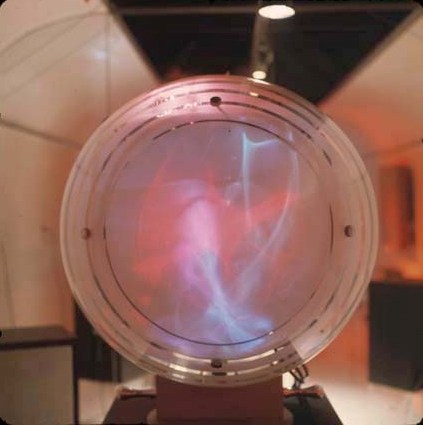
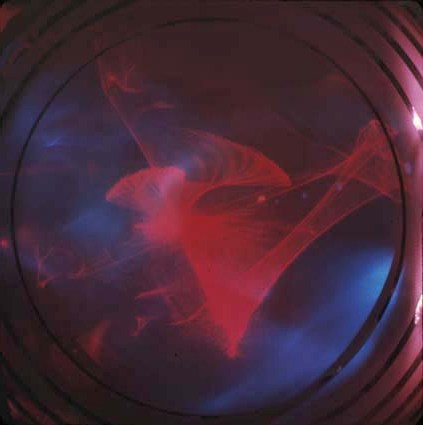
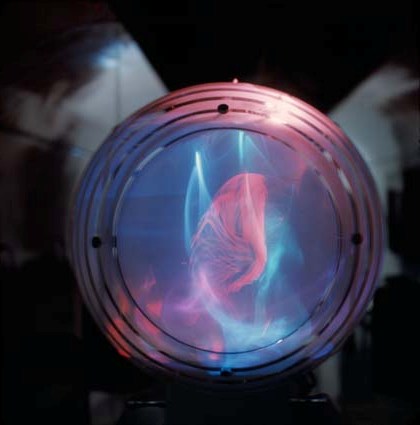
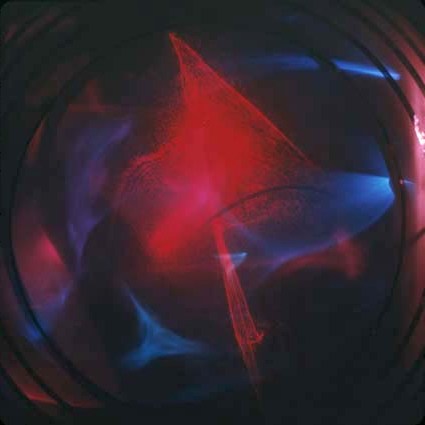
The above images sourced from here, and flipped for correct orientation.
MEANJIN QUARTELTY
Vol 68 No. 1, 2009.
http://pandora.nla.gov.au/pan/82683/20090515-0729/www.meanjin.com.au/editions/volume-68-number-1-2009/article/light-becomes-the-medium/index.html
Light Becomes the Medium — Stephen Jones
…. But Ostoja-Kotkowski wanted to paint with light and it was his discovery of lasers that set his course for the following years. In 1967 he received a Churchill Fellowship and travelled to the United States and Europe where he had the opportunity to take in much of the kinetic art of the time and consider new approaches. He tried out the electronic music studio in Utrecht, Holland, and visited Stanford University in California, where he witnessed experiments using lasers. In an interview with Melbourne Herald science writer Frank Campbell, he explained his interest in the laser, remarking that: ‘No matter how beautifully one paints a sunset it will not be as beautiful as the light of the real sunset. But the light of a laser can give the radiance and the brilliance that paints cannot.’
Ostoja-Kotkowski’s first public use of a laser was in his 1968 Sound and Image (with support from scientists at the Weapons Research Establishment Laser Laboratory in Salisbury, South Australia). He beamed the laser patterns onto a large rear-projection screen by directing them through pieces of distorted glass assembled onto rotating discs so that they refracted the beams of the ruby-red helium-neon laser and the brilliant blue-green argon-ion laser as the program’s rhythm or his interpretation of the music suggested.
Ostoja-Kotkowski was awarded an ANU Creative Arts Fellowship in 1971. With the considerable assistance of the staff of the ANU’s Research School of Physical Sciences workshops, in particular Terry McGee, an electronic technician, he developed a new set of sound-to-light devices, the Laser-Chromasons, which consisted in two small helium-neon lasers as well as six lamps of various colours housed in a 60-cm sphere of translucent perspex. In the base of the device, inputs from a microphone, a synthesiser or tape-recorder were divided up with a set of filters and then assigned to circuits that controlled the brightness of the lamps, whose light was reflected from rotating wavy mirrors, or that vibrated mirrors from which the lasers were reflected.[28] Essentially they show fields of colour shifting and dissolving across a translucent screen pierced by the intense striations of shutter-modulated red laser light…..
S. Ostoja-Kotkowski, ‘The medium is not the message’, Hemisphere, vol. 15, no. 12, December 1971, pp. 18–24; and S. Ostoja-Kotkowski, ‘Audio-kinetic art with laser beams and electronic systems’, Leonardo, vol. 8, 1975, pp. 142–4.
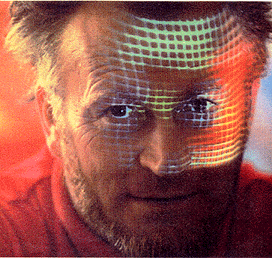
Self-portrait.
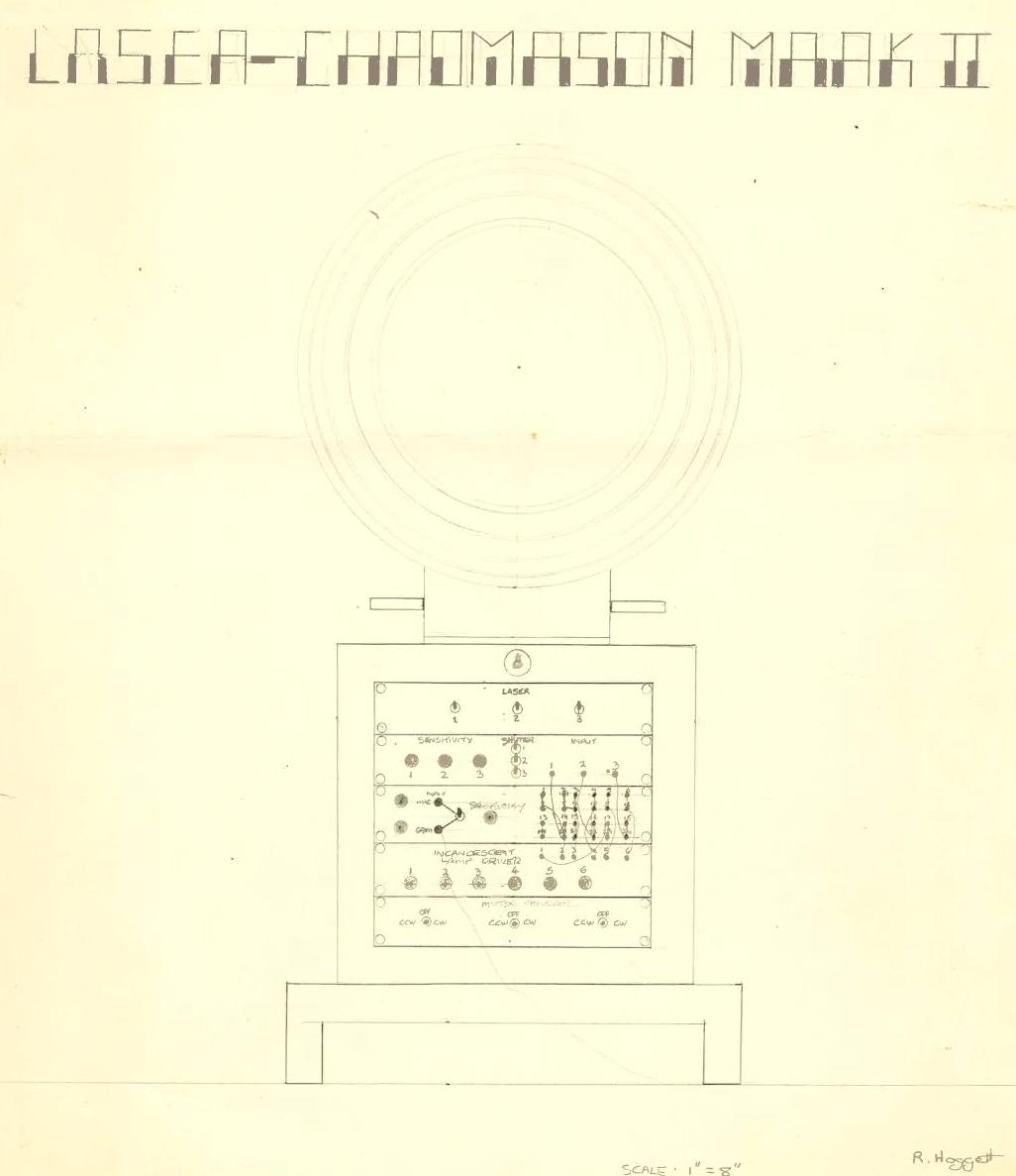
Back in 1974 I made some sketches as I wanted to know how it worked and maybe one day build one. (I never did!)

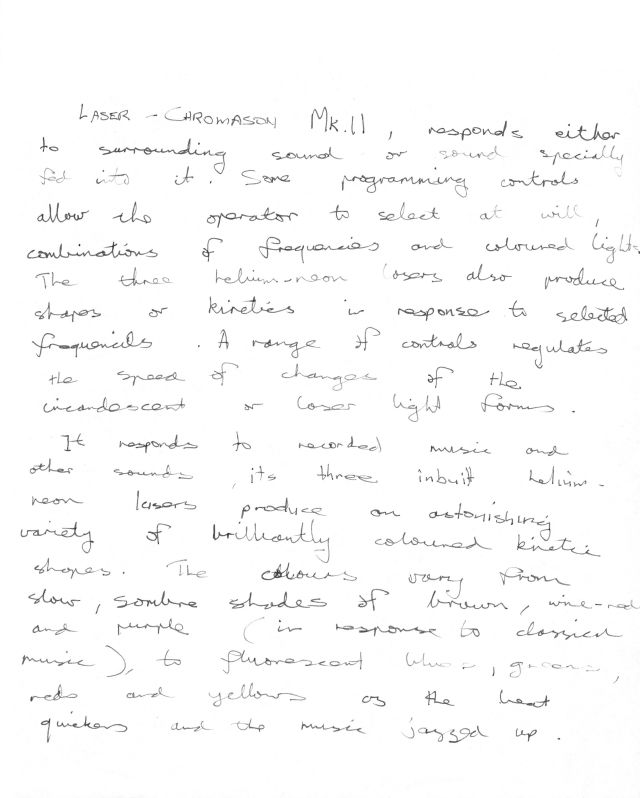
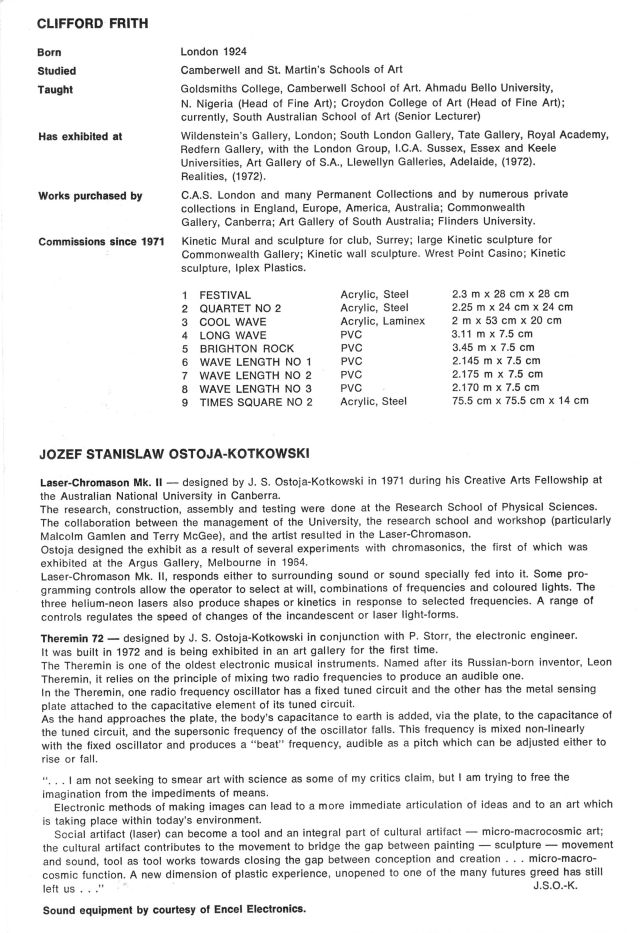
————————– transparency insert below ————-
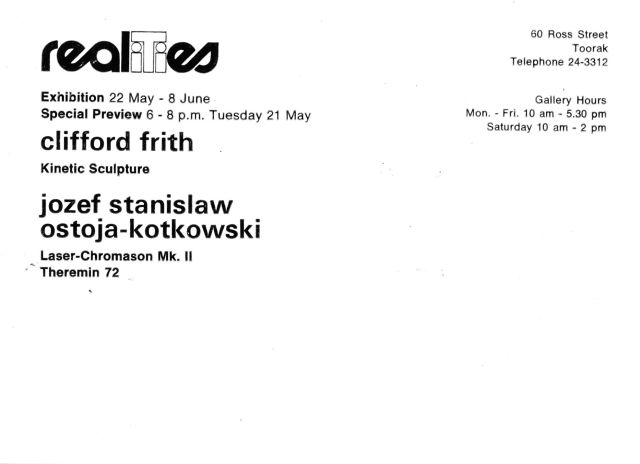
Realities 1974 catalogue. (Personal collection)
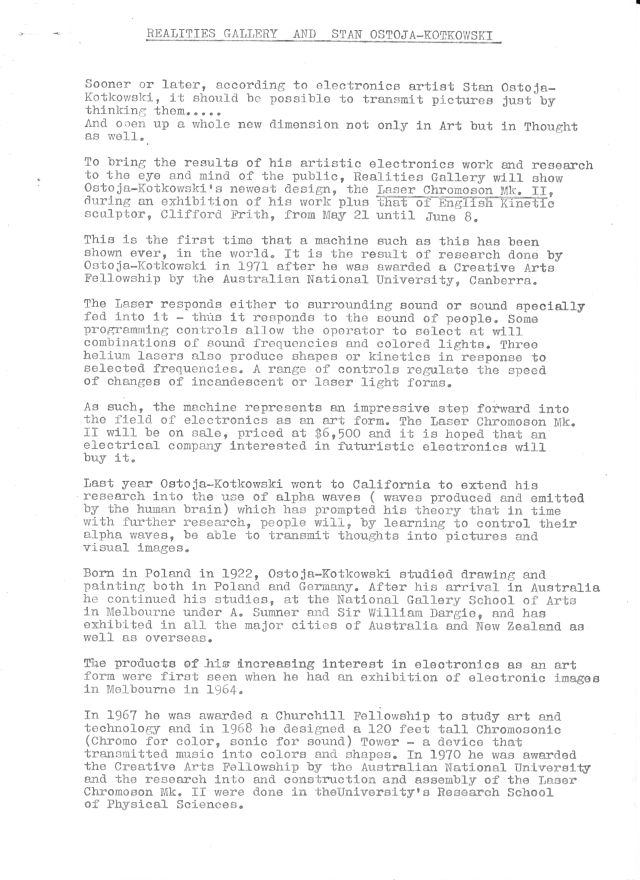
A 2-page handout from Realities Gallery from 1974. (personal collection)

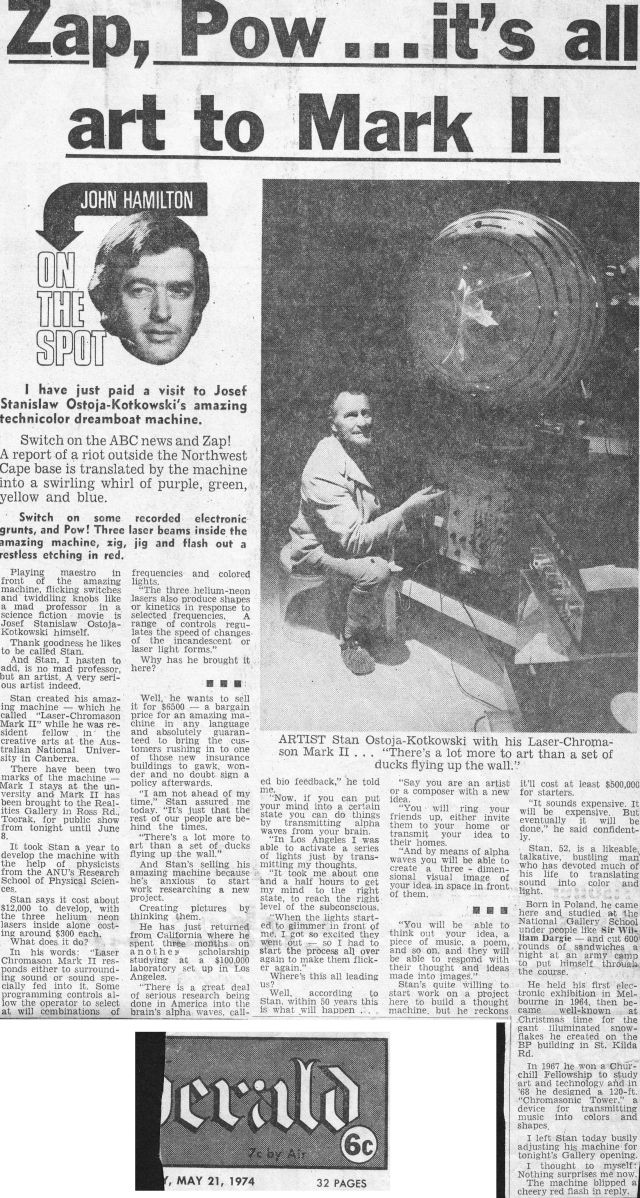
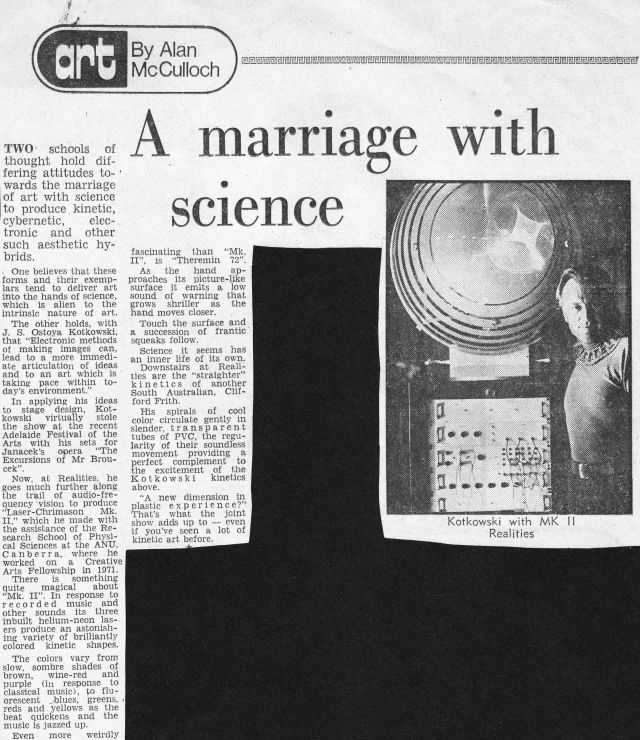
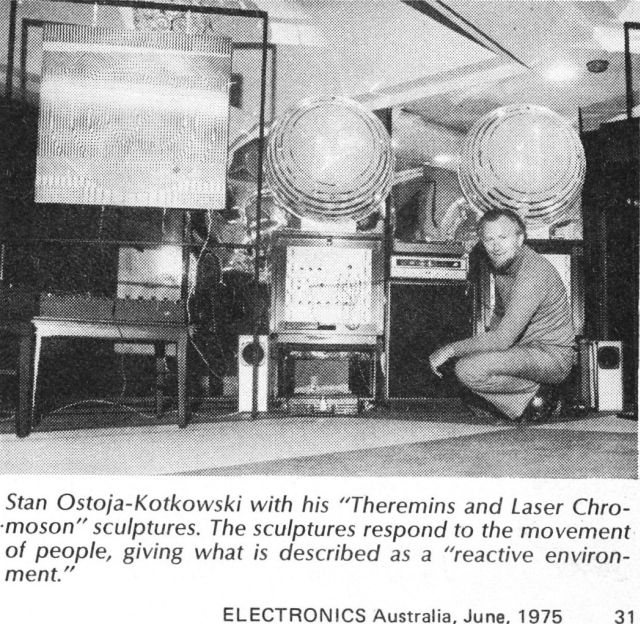
A rare picture showing both Mark I and Mark II Laser-Chromason's.

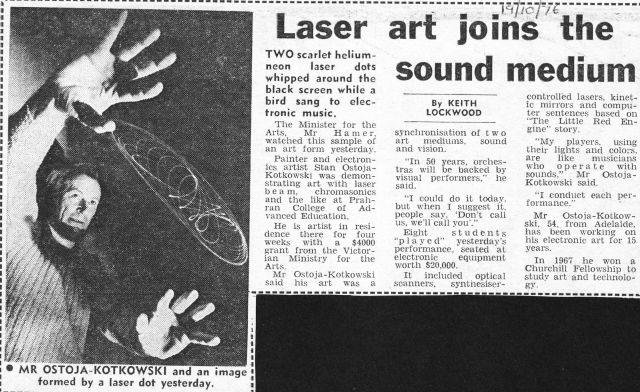
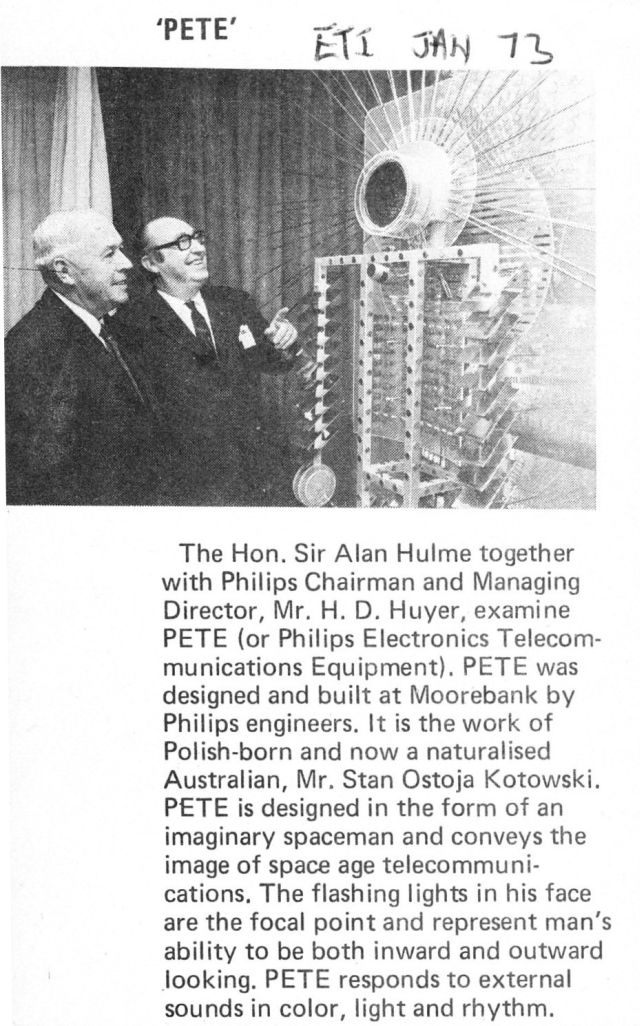
Source: Electronics Today International, January 1973 .
Related Material:
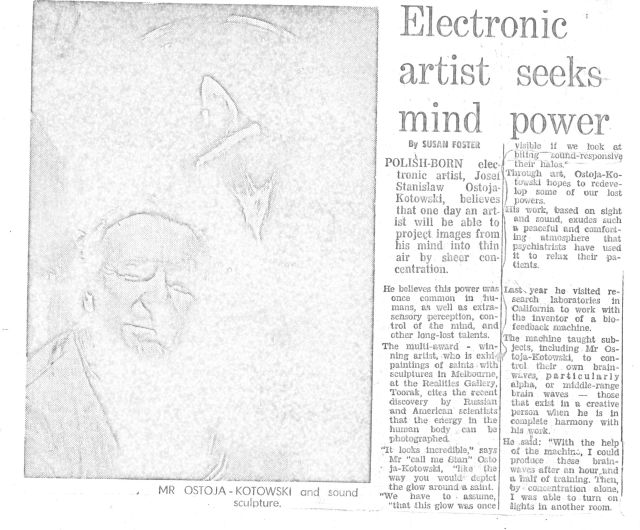
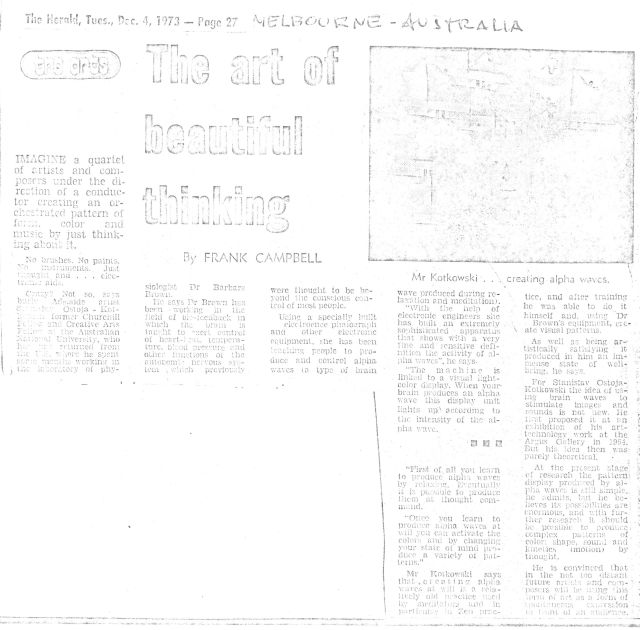
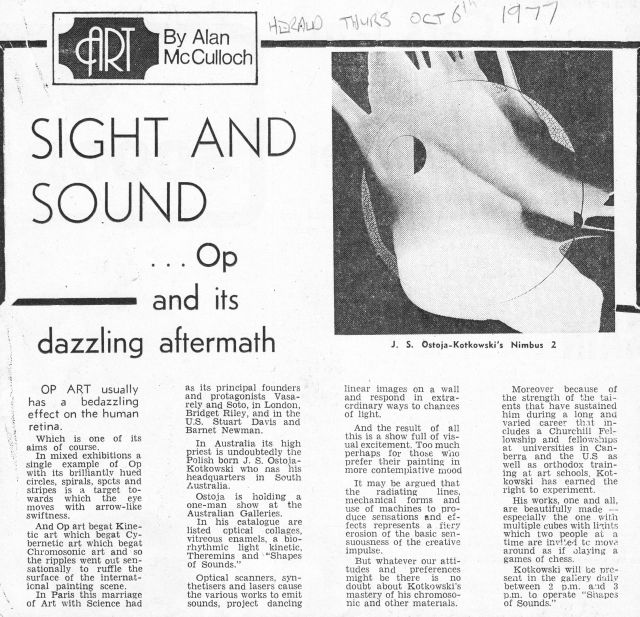
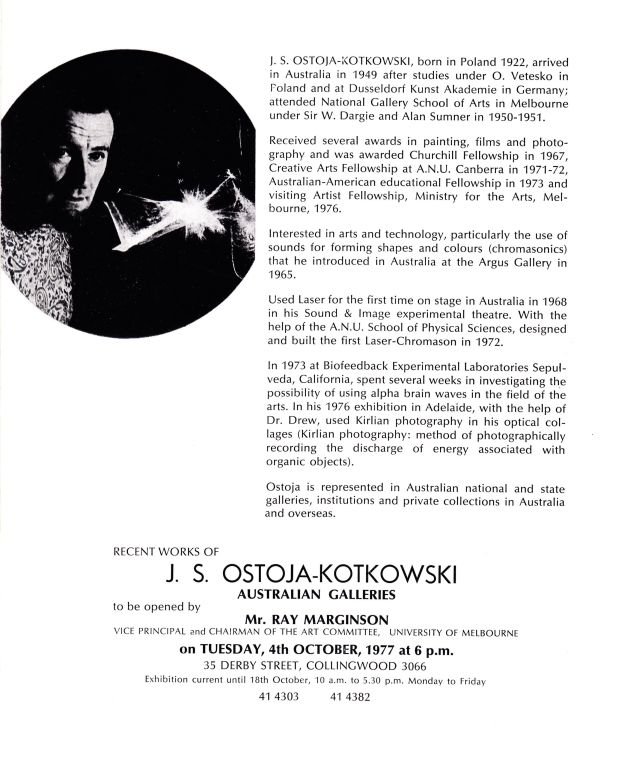
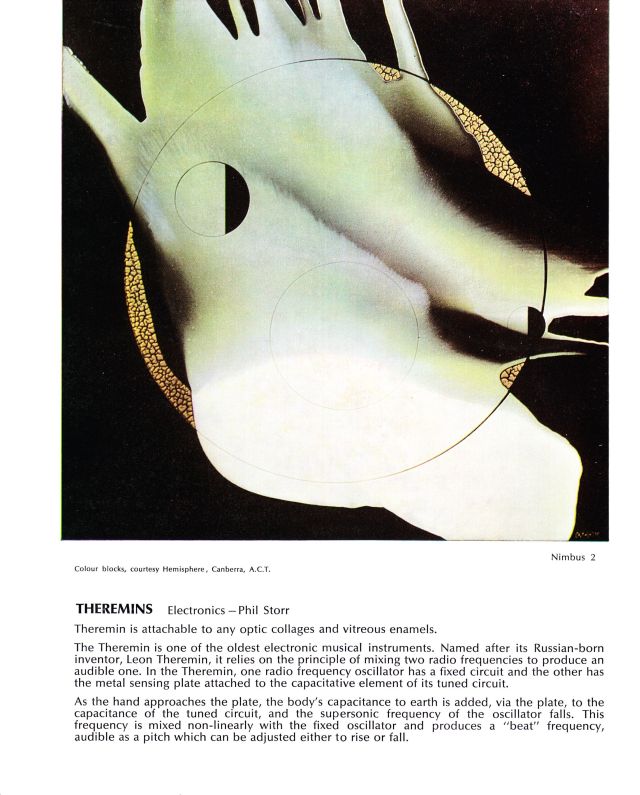
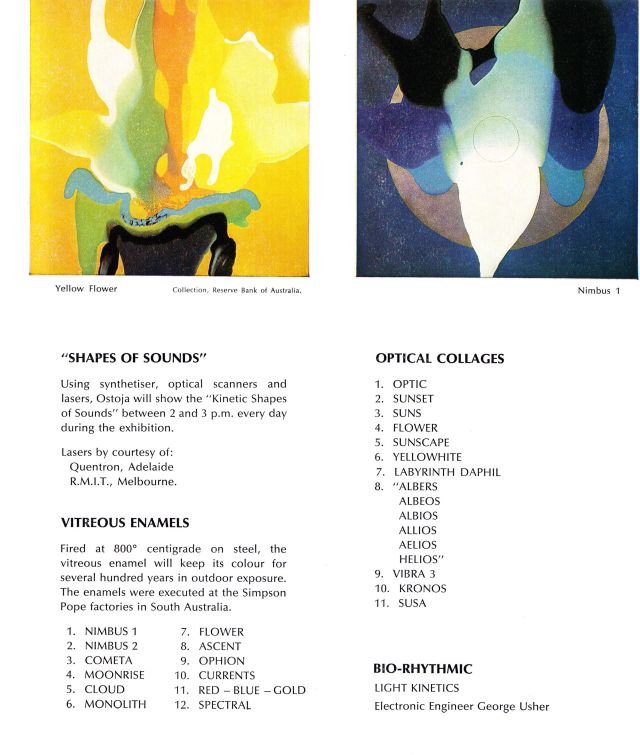
Catalogue. (Source: Personal collection)